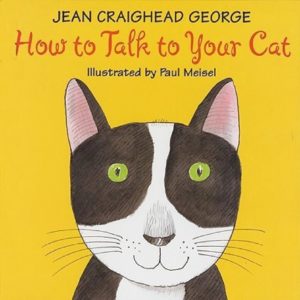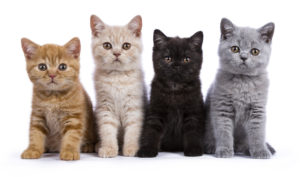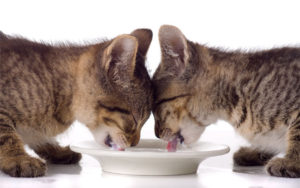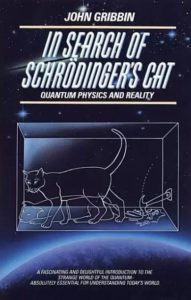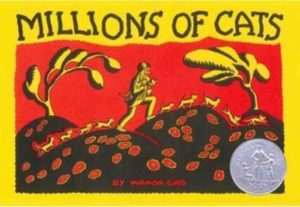
|
In Wanda Gag’s classic Million of Cats (Puffin, 2006), a lonely old man and woman decide they would like to have a cat, so the old man sets out to find the prettiest cat of all. He finds not just one, but “hundreds of cats, thousands of cats, millions and billions and trillions of cats.” Ultimately the cats, all insisting that they’re the prettiest, have a massive fight, leaving behind only a scrawny little black kitten, whom the old couple pronounce the prettiest of all. For ages 4-8. |
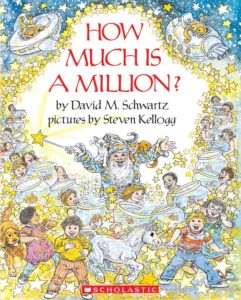
|
Good books to accompany Millions of Cats include David Schwartz’s How Much Is a Million? (HarperCollins, 2004), in which a Mathematical Magician introduces kids to the concept of a million with many creative analogies (a goldfish bowl big enough for a million goldfish could hold a blue whale; a stack of a million kids could reach all the way to the moon) and On Beyond a Million (Dragonfly Books, 2001), in which Professor X and a spouting popcorn machine provide a kid-friendly explanation of scientific notation and increasingly enormous numbers (up to a googol). |
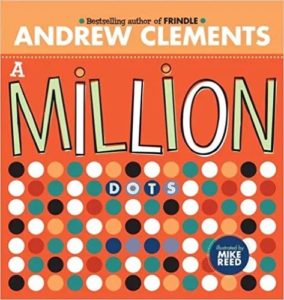 |
See just what a million looks like (and learn a lot of fascinating facts along the way) with Andrew Clements’s picture book A Million Dots (Atheneum Books for Young Readers, 2006). |
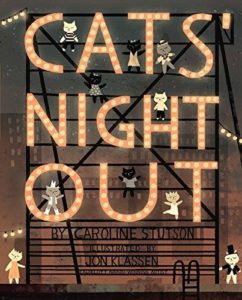
|
“In the city/windows light./How many cats/will dance tonight?” Caroline Stutson’s rhyming Cat’s Night Out (Simon & Schuster/Paula Wiseman Books, 2010) is an exercise in dance and counting by twos, as multiplying pairs of gorgeously outfitted cats samba, boogie, tango, tap, twist, and form a conga line on a clothesline. For ages 4-8. |
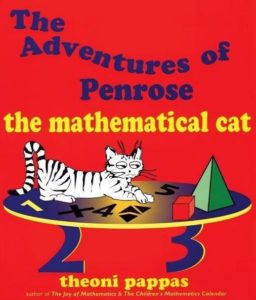
|
In Theoni Pappas’s The Adventures of Penrose, the Mathematical Cat (Wide World Publishing/Tetra, 1997), Penrose investigates pancake world, meets a fractal dragon and a Fibonacci rabbit, discovers infinity and Mobius strips, learns about tessellation, and more. For ages 7-12. |
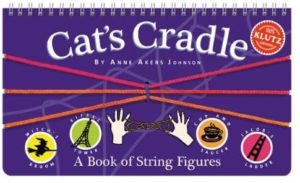
|
Anne Akers Johnson’s Cat’s Cradle: A Book of String Figures (Klutz, 2009) has clear instructions for five traditional string figures: Cat’s Cradle, Cup and Saucer, Witch’s Broom, Jacob’s Ladder, and Eiffel Tower. Nice heavy-duty colored string is included with the book. For ages 6 and up. |
|
Cat’s cradle and math? (Absolutely.) James R. Murphy’s Murphy’s String Figures: Teaching Math With String Figures (CreateSpace, 2008) provides instructions for making many different figures and discusses how Murphy used string figures as a means of teaching math to math-hating high-school students. For more information, see Murphy’s website. |







